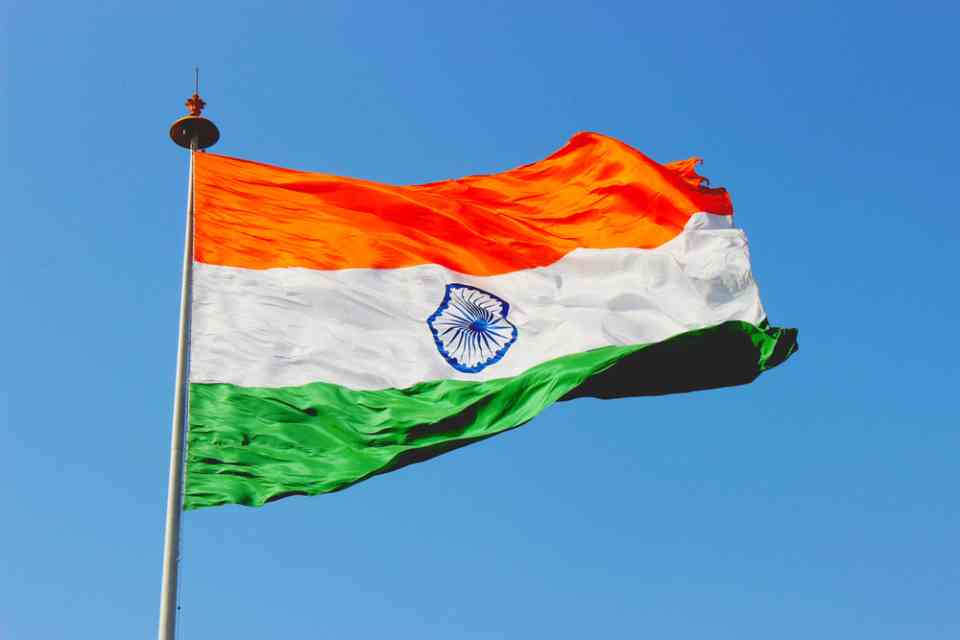$20,000 Income per Capita is the Goal of India According to “Viksit Bharat 2047” Vision

In his Independence Day address, Indian Prime Minister Narendra Modi unveiled an ambitious vision for “Viksit Bharat,” or a “Developed India,” to be realized by 2047, the centenary of the nation’s independence. This goal would see India achieve a per capita income of $20,000, comparable to that of some moderately wealthy European countries.
Currently, India’s per capita income stands at $2,500, necessitating an eightfold increase over the next 23 years. Achieving this would require a sustained annual growth rate of 9.4% in real terms, a monumental task akin to chasing a daunting 400-plus score in a one-day cricket match on a deteriorating pitch.
To reach this target, India must adopt bold and innovative strategies, as incremental policy adjustments will not suffice. Historically, a few economies, such as South Korea, Singapore, and Taiwan, managed to sustain high growth rates—around 8% annually—from the mid-1960s to the early 1990s, a period often referred to as the “East Asian Miracle.” China also experienced a similar surge after its 1978 economic reforms, achieving nearly 10% growth over an extended period.
However, replicating these models presents significant challenges for India. The political and economic conditions that fueled East Asian and Chinese growth differ markedly from those in contemporary India. Furthermore, the traditional model of manufacturing and export-led growth that propelled these economies is less viable today. Globalization has slowed due to rising protectionism in the U.S. and Europe, as well as vulnerabilities in global supply chains exposed by the 2008 financial crisis and the COVID-19 pandemic. This shift toward “deglobalization” has made international trade a smaller percentage of global GDP since 2008.
Additionally, the environmental impact of rapid economic expansion is a critical concern. Achieving an eightfold increase in income would likely result in a significant carbon footprint, an issue that is increasingly unacceptable in a world focused on reducing emissions. India will face growing pressure to adhere to stringent environmental regulations as it pursues economic growth.
Moreover, the rise of automation and artificial intelligence threatens the labor-intensive, low-skilled manufacturing jobs that were once a staple of economic development. As developed countries invest in automation to reduce labor costs, India may find it difficult to rely on traditional manufacturing as a pathway to prosperity.
Given these challenges, India may need to chart a new course by prioritizing services-led growth, as advocated by prominent economists like Dr. Raghuram Rajan and Rohit Lamba. This approach would require substantial investments in education and human capital development, focusing on creativity, critical thinking, and entrepreneurship rather than rote learning. Additionally, India must reform its labor market to make it more flexible, allowing businesses to adapt quickly to technological changes.
While services-led growth can drive economic expansion, it primarily benefits educated urban populations, potentially exacerbating existing inequalities and rural distress. To mitigate this, India will need to implement social reforms to ensure that the benefits of growth are widely shared, preventing political backlash and making the service-led model sustainable.
The vision of “Viksit Bharat 2047” is not only an economic target but also a symbolic milestone. The date marks 100 years of Indian independence, with the period leading up to it being called “Amrit Kaal,” an auspicious era that represents India’s manifest destiny toward prosperity. Achieving this vision will require not only ambitious economic strategies but also a commitment to inclusive and sustainable growth.
| GDP (nominal) | Capital | Head of State | Head of Government | GDP (nominal) per capita | GDP (PPP) | GDP (PPP) | GDP (PPP) per capita |
|---|---|---|---|---|---|---|---|
| Vietnam | Hanoi | To Lam | Pham Minh Chinh | 433.356 | 4.316 | 1.434.211 | 14.285 |
Have you read?
World’s Best Countries To Invest In Or Do Business.
World’s Most Startup-Friendly Countries.
World’s Best Countries For Quality of Life.
Largest Economies Europe In 2024.
GDP of the BRICS countries (2000 to 2028).
Bring the best of the CEOWORLD magazine's global journalism to audiences in the United States and around the world. - Add CEOWORLD magazine to your Google News feed.
Follow CEOWORLD magazine headlines on: Google News, LinkedIn, Twitter, and Facebook.
Copyright 2025 The CEOWORLD magazine. All rights reserved. This material (and any extract from it) must not be copied, redistributed or placed on any website, without CEOWORLD magazine' prior written consent. For media queries, please contact: info@ceoworld.biz








